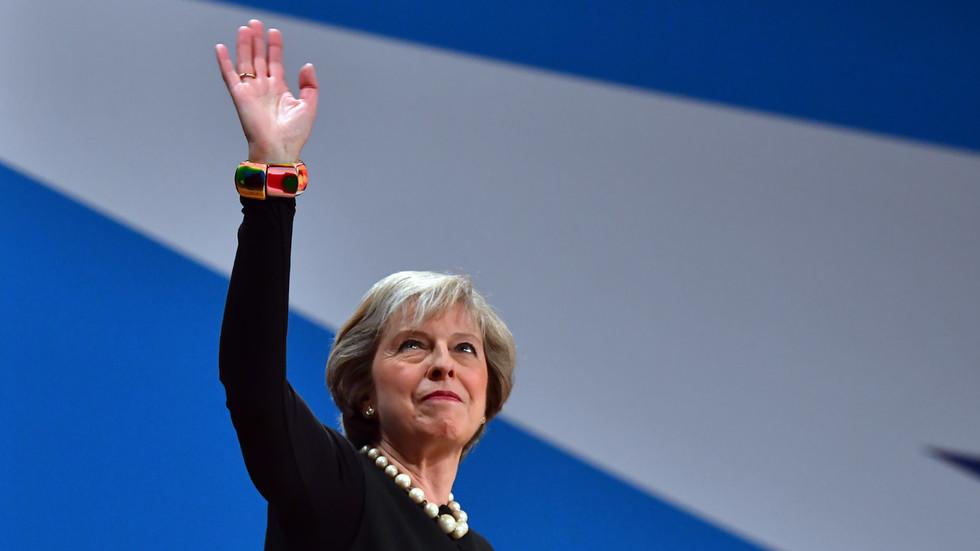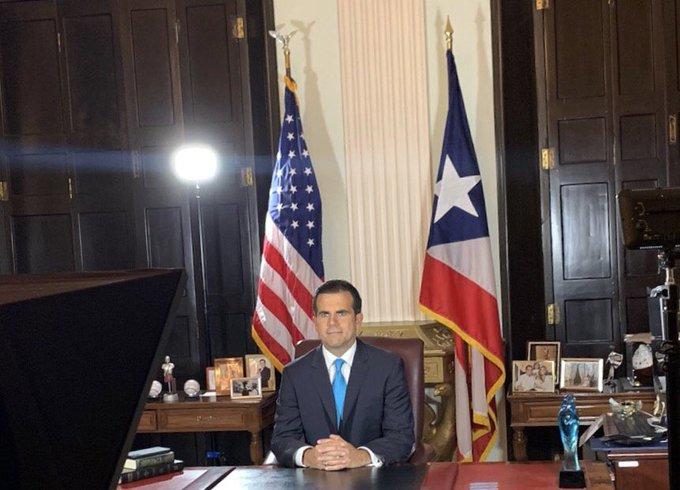It’s a crowded field but, by any objective standard, outgoing British Prime Minister Theresa May must rate as one of the worst – if not the worst – occupants of the office of all time.
Spare us the Uriah Heep-style hypocrisy and gushing ‘tributes.’ The truth is an Op-Ed on the achievements of Theresa May would be the shortest one ever written.
Winston Churchill helped defeat the Nazis in World War Two. Clement Attlee gave Britain the NHS. Harold Wilson established the Open University. Ted Heath saved Rolls Royce. Gordon Brown gave over-60s and disabled people free nationwide bus travel. What did Theresa May give us except a Brexit impasse and the worst movements to Abba’s Dancing Queen ever seen?
May boasted about delivering “strong and stable” leadership but in reality she was as weak and wobbly as a plate of jelly.
Given the task of implementing the EU referendum vote of 2016, she gave the horse named ‘Brexit’ such a terrible ride that if she’d been a jockey she’d have been hauled before the stewards.
Of course every one was to blame for this debacle except Theresa herself. But as Prime Minister, the buck stopped with her. She prevaricated and this prevarication emboldened the ‘Stop Brexit’ campaign.
In 2017, she needlessly called a general election, and fought the most unimpressive election campaign any sitting prime minister has ever fought. Mr Bean himself couldn’t have ballsed it up more.
May would in normal circumstances have gone the morning after she lost her party’s Parliamentary majority, but the Establishment’s fear of Jeremy Corbyn kept her hanging on for two more excruciating years.
On the foreign policy front May did her bit to stoke up Cold War 2.0 tensions with Russia and in April 2018 rushed to join in with Trump’s punishment bombing of Syria before chemical weapons experts could carry out a proper investigation into reports of an attack in Douma.
New revelations of a leaked but hitherto unpublished report cast doubt on but do not conclusively prove that it wasn’t Syrian government forces that carried out an attack, but May preferred to bomb first and wait for evidence later.
At home, she continued policies of austerity, which have caused great misery across the land. Drug trade-fuelled knife crime has spiralled horrifically following cuts to frontline police services – which began in 2010 when one Theresa May was Home Secretary. Hundreds of local libraries, the hallmark of a civilized society, have closed during May‘s period in power. In December 2018 it was reported that almost 130 of Britain’s public libraries had closed during the previous year.
Even under Thatcher it was never this bad.
Promises to the electorate were broken even before they were made.
In 2017, the Tory Manifesto pledged to ‘maintain’ pensioner benefits “including free bus passes, eye tests, prescriptions and TV licences, for the duration of this Parliament”.
Yet a month before it was published, May’s government had already handed over the power to the BBC to take TV licences away from over-75s in 2020 – a full two years before the new Parliament’s expiry date. Last month, the BBC said they would be withdrawing free TV licenses for up to 3.7 million over-75s. May could have said ‘the government will step in to keep good our promise made to pensioners’ but she didn’t. Instead we just got a government minister saying the BBC ‘should do more to support older people.’ Meaningless waffle when instead action was needed.
May posed as a ‘moderate‘ – to contrast herself both from her own ‘right-wing’ and Jeremy Corbyn’s ‘left-wing extremism’ but there was, in truth, nothing moderate about her or her policies. Under her watch the gradual privatization of the NHS has continued. In March it was reported that the number waiting more than 18 weeks for operations had tripled in five years. Early this year, NHS chiefs asked May to reverse pro-privatization reforms.
In October 2018 May declared ‘austerity is over,’ but the situation on the ground was very different.
Just take a tour of Britain’s town and city centers and count the number of boarded-up retail outlets, to see the impact austerity has had.
Theresa Mayhem inspired no-one but demoralized millions.
Britain is best rid of her.
via ZeroHedge News https://ift.tt/2yfDuup Tyler Durden













